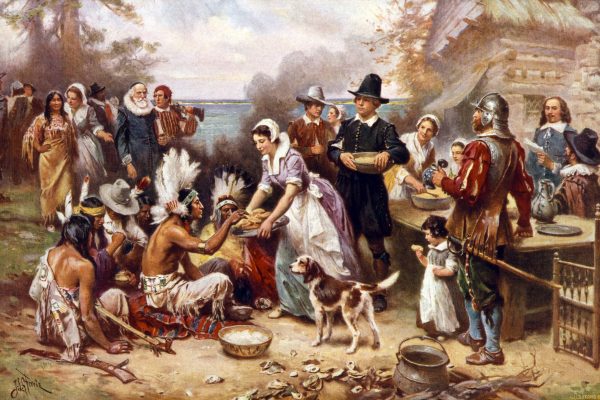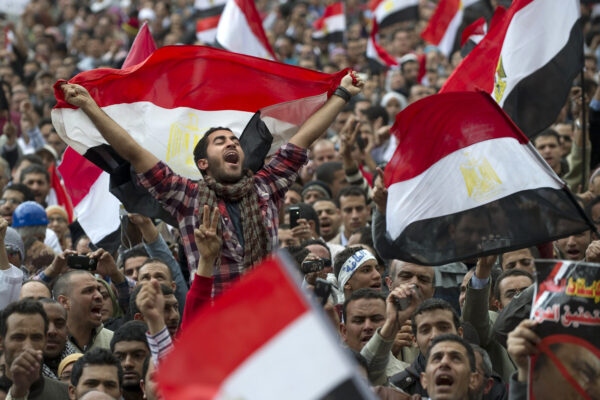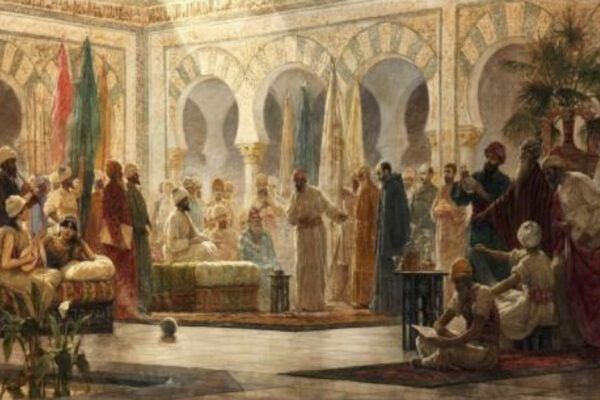Last week marked the birth of the famous Mughal Emperor Aurangzeb. He is considered the most controversial king of India of all time – but why?
Last week marked the birth of the famous Mughal Emperor Aurangzeb. He is considered the most controversial king of India of all time – but why?
November 3 has historical and epochal significance because it was the birthday of India’s most controversial king of all time. Muhiuddin Aurangzeb Alamgir, the sixth Mughal emperor, has remained a sensational topic of hot discussion in political and religious scenarios, particularly in the Indian subcontinent, despite the passage of three centuries. To simplify, he is the second longest-reigning king in the Mughal Empire, ruling over 150 million people for nearly a half-century, from 1658 to 1707, and expanding the reign to its greatest extent by subsuming most of mainland India under one single imperial dominance for the first time ever.
Why is Aurangzeb so disputed?
To answer this question, Aurangzeb is a single historical figure in Indian history who has been the perennial target of communal outrage, and his character has been tainted by various subjective propaganda over the years. His historical persona is not treated as a Mughal emperor but rather as a mysterious figure of bigotry and ruthlessness. His identity varies across geopolitical areas. For instance, in the perception of many Indians, he is a villain who massacred countless Hindus and razed many temples. On the contrary, in the eyes of the majority of Pakistanis, he is a valorous hero and a spiritual saint. That is because he was a practising Orthodox Muslim. He didn’t touch alcohol and didn’t pick up personal expenses from the royal treasury. This religious piety has no job with his political administration, wherein many got misconstrued.
In today’s political scenario, his name is used as a “dog whistle” to signal that it is susceptible to charges of hatred and violence against present-day Muslims in India as an act of retaliation. He is often alleged by leftists, far-rightists, and even colonial historical approaches for religious fanaticism, discriminatory Hindu policy, Jizya tax imposition, ruthlessness towards his own relatives, and temple demolition. Historical distortions around this figure sprouted from British imperial interest in order to validate the legitimacy of British rule over the Mughal Empire through its defamation. That took place by imperial scholarship in the 1870s, claiming so-called “objectivity” on the Mughal period, especially in the compilation of “The History of India, as Told by Its Own Historians.” Many far-right historians wrote vociferously about him, for instance, in the work of Saurabh Lohogaonkar.
However, there are three major issues by which Alamgir has been pounded the most. First is the Jizya tax reinforcement on Hindus. It is argued that he forcefully imposed the Jizya tax on Hindus, which was once omitted by Akbar the great, and this step is an anti-Hindu policy.
This question can be challenged by many works of prominent historians. An Indian mediaeval Historian Harbans Mukhiya described this matter very keenly that the Jizya tax is 1.25 per cent annual revenue of an individual’s income and enacted on only wealthy Hindus such as Brahmins in return for their security. On the other hand, a Muslim individual has to pay 2.50 per cent of their annual income as Zakat. So there is no discrimination at all. To certify this, Historian Shireen Moosvi attested that Aurangzeb showed no distinction in taxation among Hindus and Muslims. In addition, Professor Ram Puniyani added Aurangzeb didn’t enact the Jizya tax in his early twenty years of power. Historically, he led a campaign in 1687 to Deccan nearly 20 years after his ascension to the throne because warfare needs so much treasury. Besides, historian Satish Chandra in his work ‘Reassessing Aurangzeb’, asserted that this enactment was both a political and ideological move. Ideologically he was moved by the pressure of many Muslim clerics on his side. Even a contemporary European traveler of his time, Niccolao Manucci wrote that there is no evidence of forced conversions in the case of treasury replenishment. So it inculcates that it was the need of the time by which reinforcement of Jizya occurred without any discriminatory blemishes.
The second pinching issue is temple demolition, which was very common among Hindu rulers in the ancient and medieval periods, according to many historians like Richard M Eaton, Romilla Thapar, Harbans, etc. As per the recent work of American historian Audrey Truschke, indeed, Aurangzeb ordered to demolish certain temples, but there is not any document to ascertain the fixed numbers of temples. However, the Kashi Vishwanath temple destruction is a very notorious one. While explaining the incident Dr. Pattabhu Sitaramayya, former governor of Madhya Pradesh, wrote that some unethical works and mal-activities were taking place in that temple. To resist that, the action occurred. On the other hand, as Dr. Vishambar Nath Pande, in his compilation, wrote that Aurangzeb granted heavy provisions to many temples like Guwahati Kamakhya temple, Vrindavan lord Krishna temple, Ujjain Mahakaleshwar temple, etc. Besides, Alamgir ordered to destroy of a mosque on the top of Golconda fort on the way to conquer the Muslim sultanate there. Richard M Eaton wrote in his work ‘Rise of Islam and the Bengal frontier’ that the destruction of temples was a symbolic representation of authority shown to rivals in India. So it’s crystal clear that the destruction of temples and mosques was not an act of his atrocity or barbarity towards any community. Rather, it was a political manifestation.
Thirdly, he is often accused of killing his brothers and being ruthless. It’s a fact that he was austere and an expert of military activity. Really Aurangzeb had killed three brothers, one son, several cousins and one nephew, but there is no historical scandal on that because Mughal Empire is the epitome of ‘bloody game’ for the throne as a ritual from the Mangol dynasty. Even Shah Jahan and Ashoka the great killed many thorns to the throne. So ascension to the throne has to be interpreted in that way, but often forgotten in the case of Aurangzeb.
In conclusion, writing on Aurangzeb deserves more academic proficiency and completeness. Encompassed by many subjective propagandas and conspiracies, this Mughal emperor has lost his revering profile like others. So many objective historical approaches to his life are the need of the hour, especially because venomous attempts for rising ‘Hindutva’ propaganda has begun. At first, Aurangzeb is a strong Mughal king with historical and political stature. He is not to be seen through lens of partial subjectivity.
References:
- Harbans Mukhiya, The Mughals of India, Blackwell publishing, 2004
- Audrey Truschke, Aurangzeb: the Man and the Myth, Penguin books, 2017
- Anuradha Raman, Aurangzeb is a severely misunderstood figure, Article in The Hindu, September 2015
- Manucci, Niccolao, History of the Mogul dynasty in India, 1399 – 1657, 1826
- Shireen Moosvi, Taxation, Trade and People in Mughal India, Oxford, 2008
- Dr. Pattabhi Sitaramayya, Feathers and Stones, Padma Publication, Bombay
- Richard M Eaton, Rise of Islam and the Bengal frontier, University of California Press, Berkeley, 1993





